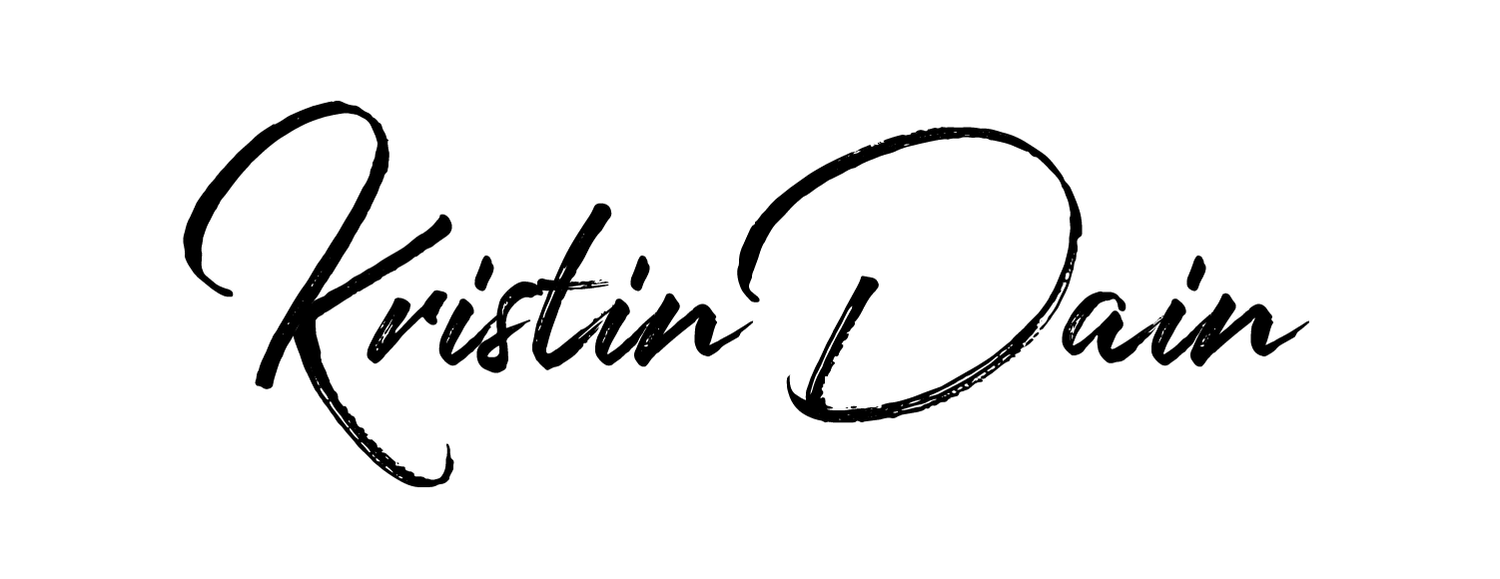Case Study: Google Ads
Disclaimer. Please access this case study from a computer. The formatting may be slightly off on mobile or tablet devices, potentially hindering your understanding of the content. As you navigate down, you’ll see sections with click-to-expand arrows that allow for a deeper dive into each section. After reading each section, please click the arrow again to reset the section. This case study is specific to the company mentioned. Therefore, strategies and results may not universally apply to other businesses. While it accurately represents work performed for this company, we omitted or modified certain details to maintain confidentiality. It is also important to note that this and future case studies are designed to present a more detailed analysis of a particular subject matter. They should not be confused with standard client reports, which are significantly more concise.
Click the play button below to listen to this case study!
Interested in working together?
Business Overview
Arizona Roofing & CO.
Professional Roofing Contractor for Arizona Communities:
• Phoenix • Scottsdale • Fountain Hills • Mesa
Established in 1982, Arizona Roofing & CO. is a locally owned business that offers complete roof repair and replacement services for commercial and residential properties.
Yearly Revenue: $1,000,000 +
Introduction
The strategy for this case study was to utilize Google Ads to increase phone calls, text, and form submissions and help Arizona Roofing & Co. generate more booked roofing jobs for homes and businesses in Phoenix, Scottsdale, Fountain Hills, and Mesa. In doing so, we also hoped to optimize Google Ad Campaigns advertising to increase quality website traffic for lead generation.
Objective
To assess the effectiveness of different Google Ad types over six months, including search campaigns, smart campaigns, performance max, and local service ads. During this testing phase, the main objective was pinpointing the most efficient method for generating qualified leads while minimizing wasted clicks and irrelevant inquiry submissions.

Methodology:
What we've outlined below is the foundation for designing and implementing the Google Ads campaign analysis. By strategically addressing the target audience, ad types, and campaign duration, we created two campaigns that effectively met the company's objectives and provided valuable insights for subsequent data analysis.
-
Website data from Arizona Roofing & CO’s site helped identify and define the target audience. Our team narrowed the geographic location to a 40-mile radius encompassing Arizona communities such as Phoenix, Scottsdale, Fountain Hills, and Mesa.
-
It was essential to thoroughly evaluate relevant roofing keywords, including identifying SEO keywords from the client’s website. SEMrush and AI technology were also helpful for competitor research.
-
First, we created one ad type for each of the following: search campaigns, smart campaigns, performance max, and local service ads.
Secondly, we recognized that search campaigns were highly effective in generating quality phone calls, text messages, and form leads after implementing call tracking.
Next, we conducted a test with two search keyword ads. Both ads were identical in content but featured different keywords, with one set containing competitor business names and the other omitting them.
Lastly, we observed that the campaign with competitor keywords led to wasted clicks and irrelevant inquiry submissions.
The test yielded two successful search campaigns. You can find more details below.
-
Choose a Target CPA (Cost Per Acquisition) bidding strategy while adhering to the set budget.
-
We conducted a website analytics review before initiating Google Ads to confirm the desirability of current customer behavior. The website indicated that organic traffic led to phone calls, text messages, and form submissions. When applicable, ads were linked to the Home Page and/or a tracking number associated with the ad.
-
Each Google campaign was executed over six weeks, allowing for critical data collection and analysis to evaluate campaign performance without exceeding budgetary constraints.
-
We closely monitored key performance indicators (KPIs) such as CTR, conversion rate, and ad spend. Furthermore, it was essential to implement data-driven optimizations based on insights derived from the ongoing analysis of campaign performance. Call tracking helped monitor phone call leads.

Data Collection
Meticulously aggregated data from various sources ensured a comprehensive overview of the campaign’s impact and user interactions. Integrating information from Google Ads, Google Analytics, and Squarespace added to this well-rounded analysis, helping us make informed decisions and optimize the campaign’s performance effectively.
-
Google Ads reports provided insights into ad performance metrics, click-through rates, and some phone call conversion data.
-
Call tracking was used to verify quality phone leads and to minimize wasted clicks and irrelevant inquiry submissions.
-
Squarespace, as the website platform, was utilized to track website traffic, user behavior, and the effectiveness of landing pages, button clicks, and form submissions.
-
Google Analytics was used to measure user returning visitors and was utilized to back up analytics from the website Squarespace.

Key Performance Indicators
The team monitored a range of essential KPIs and used a detailed spreadsheet to evaluate and keep track of the campaign’s performance. These indicators served as valuable metrics for gauging the effectiveness and impact of each campaign.
-
The number of phone calls initiated directly from the advertisement. It measures the effectiveness of the ad in prompting users to contact the business.
-
Impressions refer to the total number of times the ad is displayed to users. Each time the ad is shown, it counts as an impression, regardless of whether the user interacts with it.
-
Clicks represent the total number of times users have clicked on the ad. This metric indicates how often users find the ad interesting enough to interact with it.
-
CTR is the percentage of users who click on the ad after seeing it. It's calculated by dividing the number of clicks by the number of impressions and then multiplying by 100. A higher CTR indicates that the ad is relevant and engaging to the audience.
-
Determines the total number of successful inquiries generated through phone calls and form submissions resulting from the campaign.

Results:
The campaign succeeded with broad match keywords when excluding competitor business names. As a result, we were able to increase website traffic and engagement. The targeted approach ensured resources were directed toward relevant searches to minimize click wastage. This approach and an optimized website boosted phone and form leads, further demonstrating the campaign’s effectiveness in capturing and converting leads in a specific location radius.
Search Campaign #1
Campaign Goal: Phone Call Leads
Google Ads Budget Weight
20%
Positive Keywords
1515
Negative Keywords
927
Status Changes
2.14K
Phone Calls
83
Impressions
10.6K
Clicks
257
CTR
2.42%
Website Conversions
Phone Calls & Text
7
Form Submission
12
Search Campaign #2
Campaign Goal: Website Clicks
Phone Calls
54
Impressions
279K
Clicks
2,602
CTR
.93%
Phone Calls & Text
16
Form Submission
24
Google Ads Budget Weight
42%
Positive Keywords
1590
Negative Keywords
718
Last Quarter CTR
2.74%
Website Conversions
FAILED Google Ad Campaigns:
Call Tracking
Call tracking provided valuable insights into customer interactions. It allows us to attribute phone call conversions to specific ads, keywords, and campaigns. As a result, campaign performance increased. This intel empowers informed decision-making and optimizes ad strategies based on which campaigns generate the most relevant clicks and conversions.
Smart Campaign
The campaign struggled to achieve precise targeting due to limited customization options.
Search Campaign
Targeting competitor business names as keywords generated irrelevant traffic and poor conversion rates.
Phone Calls
100
Impressions
486,400
Clicks
5181
CTR
1%
Performance Max
There were issues with obtaining quality images and video to optimize the ad.
Local Service Ads
These faced challenges due to restricted customization choices, low impressions, and reach.
Combined Campaign Results
Google Ads Budget Weight
38%
Website Conversions
Phone Calls & Text
26
Form Submission
22

Future Recommendations
Search campaign #1 received 20% of the weighted ads budget and yielded 96 conversions. Meanwhile, search campaign #2, allocated 42% of the ad budget and generated 94 conversions. As a result, I recommended directing a greater share of the ad budget toward campaign #1. The business has specific reasons for attributing additional ad spending to campaign #2 that cannot be mentioned in this case study.
Conclusion
This case on Arizona Roofing & CO. revealed two successful search campaign options with different goals. The first campaign was designed to generate quality phone leads and yielded a significant 83 phone calls amidst 10.6K impressions and 257 clicks. This also included a commendable CTR of 2.42%. Notably, we managed this campaign effectively within a Google Ads budget weight of 20%. The positive impact of this campaign extended to additional website conversions of seven phone calls and 12 form submissions.
Conversely, the second campaign focused on website clicks and generating phone leads. It demonstrated its efficiency with 54 phone calls, 279K impressions, and 2,602 clicks. The CTR averaged 0.93% over six months, but after optimizing the ad, the CTR was 2.74% in the last quarter. The strategic approach of optimizing the campaigns, aligned with the company's objectives, lead to enhancing customer engagement and achieving successful lead generation.



